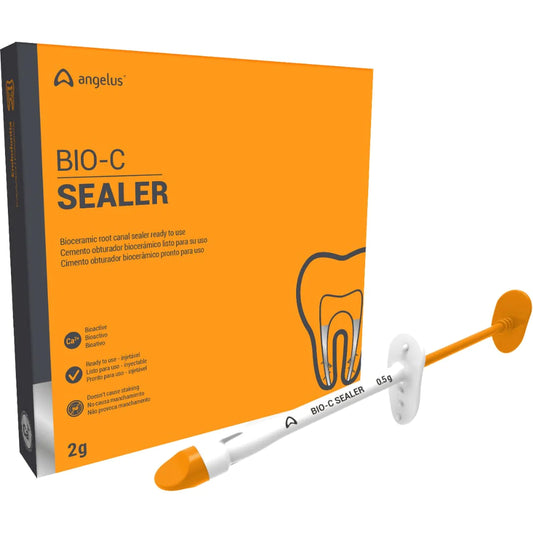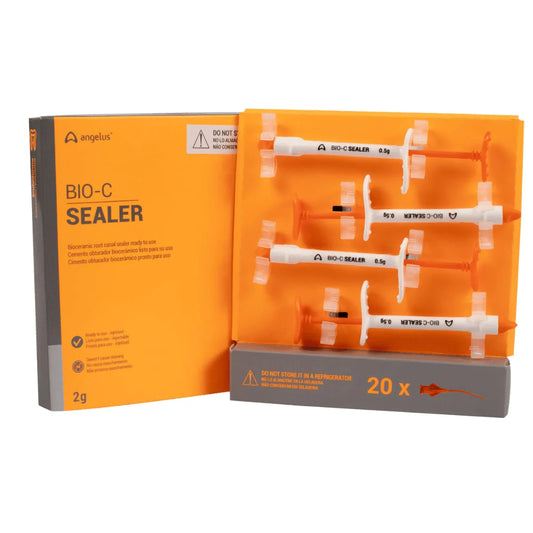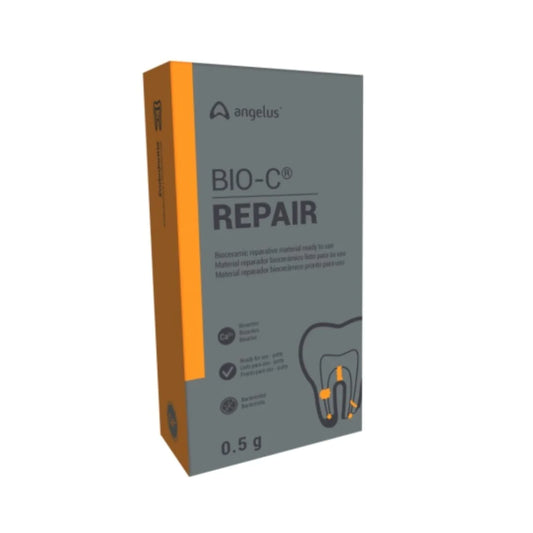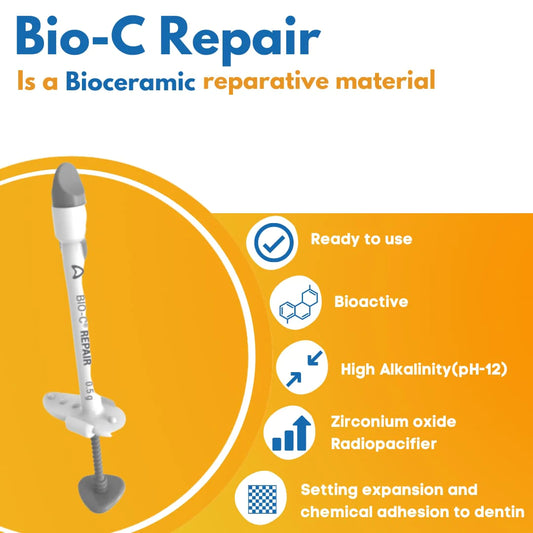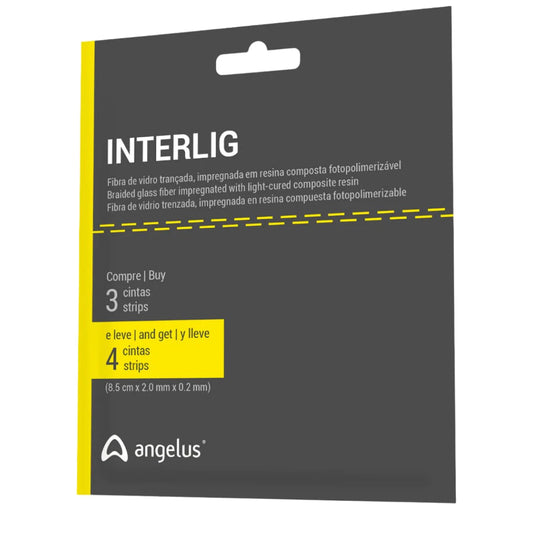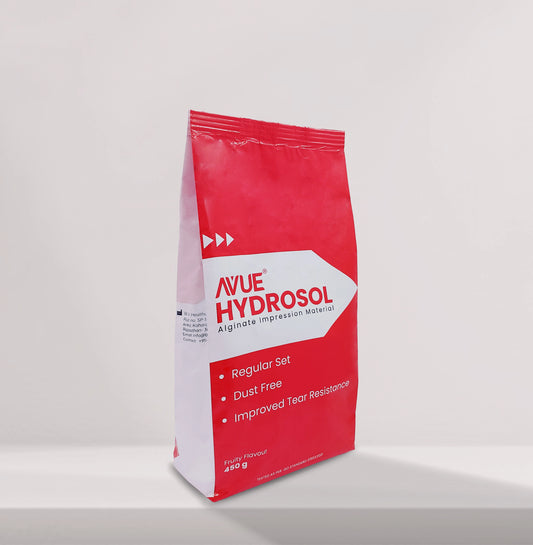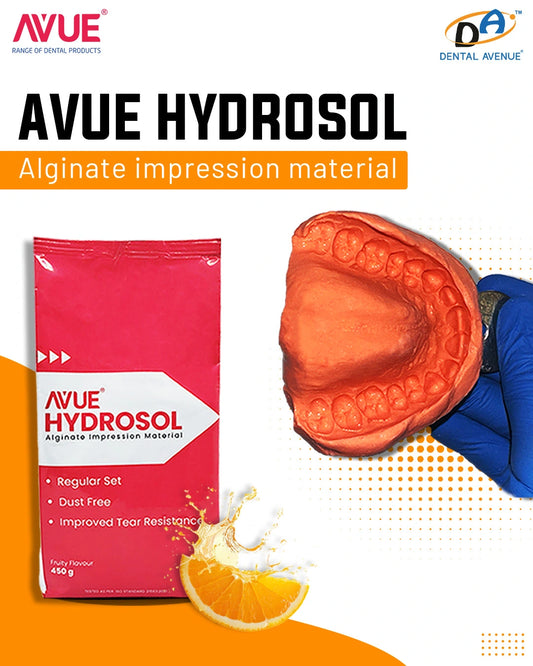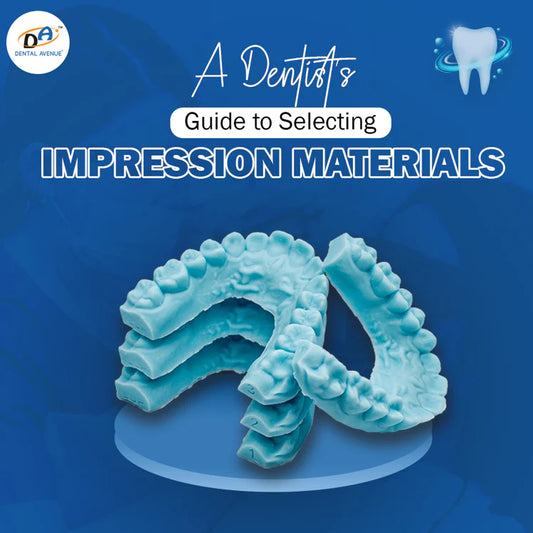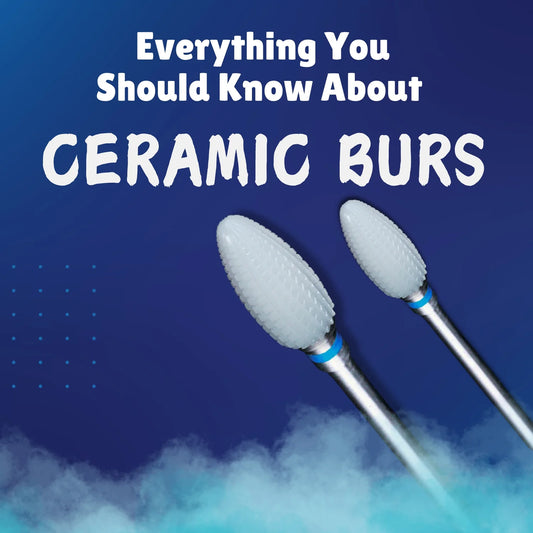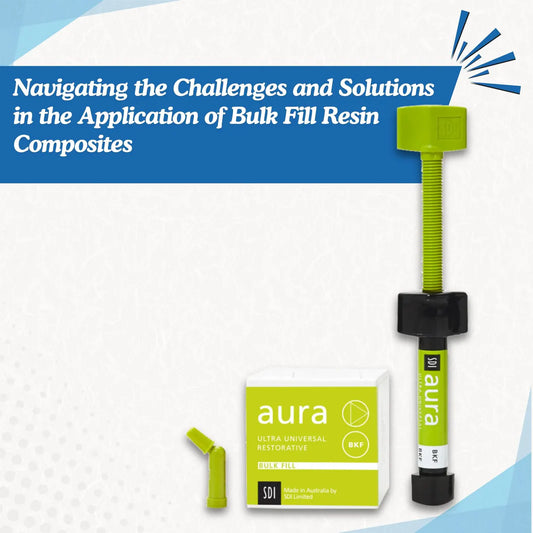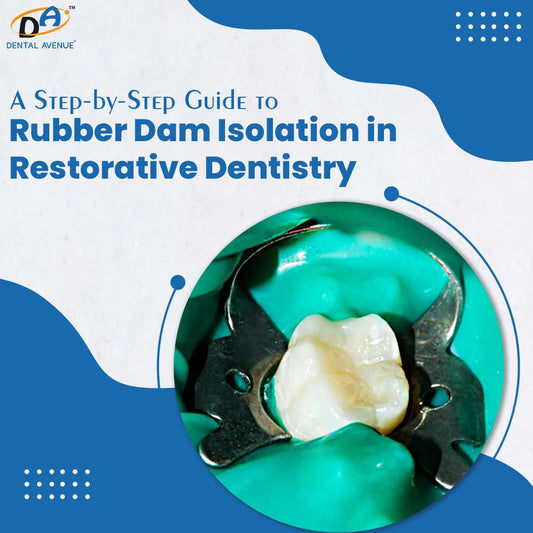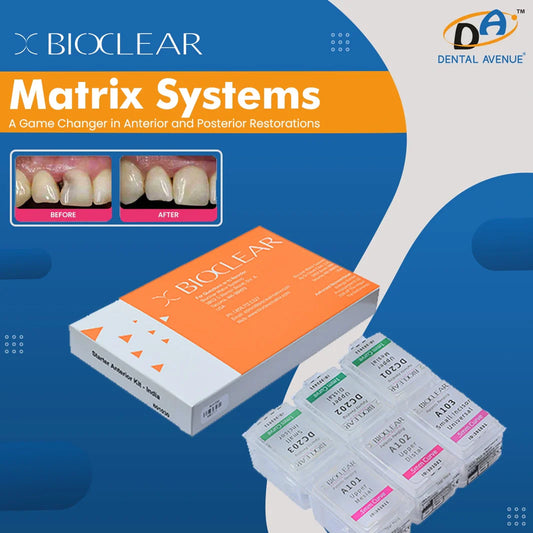Inverted cone dental burs play a pivotal role in modern dentistry in terms of precision, versatility, and efficacy Inverted cone dental Burs are indispensable tools renowned for their usage in multiple disciplines across number of dental procedures.
What is the Use of Inverted Cone Burs in Dentistry?
Inverted cone dental burs are perfect tools for various dental procedures, because of their cutting shape and tip-mounted cutting edge.
Inverted cone diamond burs are used primarily for producing undercuts at the junction of the pulpal floor and lateral walls in occlusal (class I), cervical (class IV) cavities, and occlusal locks of the class II cavities. Inverted cone dental burs are also useful for flattening pulpal and gingival walls, for establishing wall angulations and retention features.
Their design allows maximum removal of tooth structure while minimizing the tissue trauma, thus makes them an essential tool for achieving maximum outcomes.
Selection Criteria for Inverted Cone Dental Burs based on Material and Task
Material compatibility: Dental burs are engineered to perform optimally on particular dental materials, including various restorative materials, dentin, and enamel. tungsten carbide are great tools for preparing teeth for cavity fillings or removing fillings while diamond burs are useful tools for grinding through natural teeth enamel as well as ceramics such as porcelain–as preparation for crown fittings
Task specificity: inverted cone dental burs are available in a range of diameters and shapes, selection of burs depends on the particular clinical case, tooth anatomy, and clinician’s preference. Different dental work is accommodated by different sizes and shapes ranging from fine detailing to broader shaping.
Tips on Using Inverted Cone Burs
It is important to pay attention to techniques, materials, size & shapes, and procedural issues while using inverted cones effectively.
When selecting burs, consider various factors such as tooth structure and materials on which it is used such as various restorations, the required shape for dental procedures such as round, cylindrical or cone, size of the bur (diameter and length), and the material is made up of (e.g. diamond or carbide) and specific dental procedures it will be used for. Optimal speed of the air rotor and the directly applied pressure while performing tasks, improved handling, angle while performing procedures and precise control while using dental burs. Selecting a premium range of burs from reliable manufacturers, to ensure the durability and performance of tools. For precision work choose burs with fine grit and or teeth. Lastly, prioritize safety by using burs appropriate for the procedure and wearing protective gear as needed.
What are the Common Mistakes to Avoid When Using Inverted Cone Burs?
When selecting a dental bur, consider the type of material being worked on, the size and location of the tooth, and the specific procedure. Always use the bur according to the manufacturer’s instructions and avoid using excessive force, which can cause damage to the bur and the tooth. Applying too much force can lead to bur wear and discomfort for the patient. Gentle pressure allows for controlled cutting without compromising efficacy. It is also important to regularly inspect burs for signs of wear or damage and to replace them as needed.
How to Maintain and Care for Inverted Cone Burs?
Proper Cleaning: Residual material on burs can affect their cutting efficiency and lifespan. Cleaning should be done promptly after use to prevent the hardening of debris.
Sterilization Process: All reusable dental burs must be properly sterilized between patients to prevent cross-contamination. Following the manufacturer’s guidelines for sterilization is crucial. Most burs can be autoclaved, but specific instructions regarding temperature and time should be adhered to.
Regular Inspection: Dull, chipped, or damaged burs can compromise the quality of work and patient safety. Burs showing signs of excessive wear should be replaced promptly.
Storage: Burs should be stored in a way that prevents damage and contamination. Organized storage solutions can also improve efficiency by making burs easily accessible during procedures.
Conclusion
To sum up, inverted cone dental burs are essential instruments in modern dentistry that allow accurate and effective dental operations in a variety of clinical settings. Dental practitioners can maximize their use to provide better patient care and treatment outcomes by being aware of its design, applications, selection criteria, and maintenance procedures. Purchasing premium round end tapered burs that are customized to meet certain procedure requirements guarantees dependability, longevity, and constant performance in dental offices across the globe.
In summary, In conclusion, acquiring technical expertise, cautious selection, and attentive maintenance are all necessary for mastering the use of inverted cone dental burs.
FAQ’S
What are the maintenance steps to ensure my burs last longer?
Proper Cleaning: Residual material on burs can affect their cutting efficiency and lifespan. Cleaning should be done promptly after use to prevent the hardening of debris.
Sterilization Process: All reusable dental burs must be properly sterilized between patients to prevent cross-contamination. Following the manufacturer’s guidelines for sterilization is crucial. Most burs can be autoclaved, but specific instructions regarding temperature and time should be adhered to.
Regular Inspection: Dull, chipped, or damaged burs can compromise the quality of work and patient safety. Burs showing signs of excessive wear should be replaced promptly.
Storage: Burs should be stored in a way that prevents damage and contamination. Organized storage solutions can also improve efficiency by making burs easily accessible during procedures.
What does an inverted cone bur look like?
Inverted cone burs feature a conical shape with the tip being wider than the base, almost the opposite of the pear bur. They are excellent for creating retentive features in cavity preparations, such as dovetails
Can inverted cone burs be used on all types of materials?
Yes, Inverted cone diamond burs can be used for shaping and smoothing of restorative materials, some metal alloys also enamel and dentin. Their effectiveness depends on the bur's composition and design.

